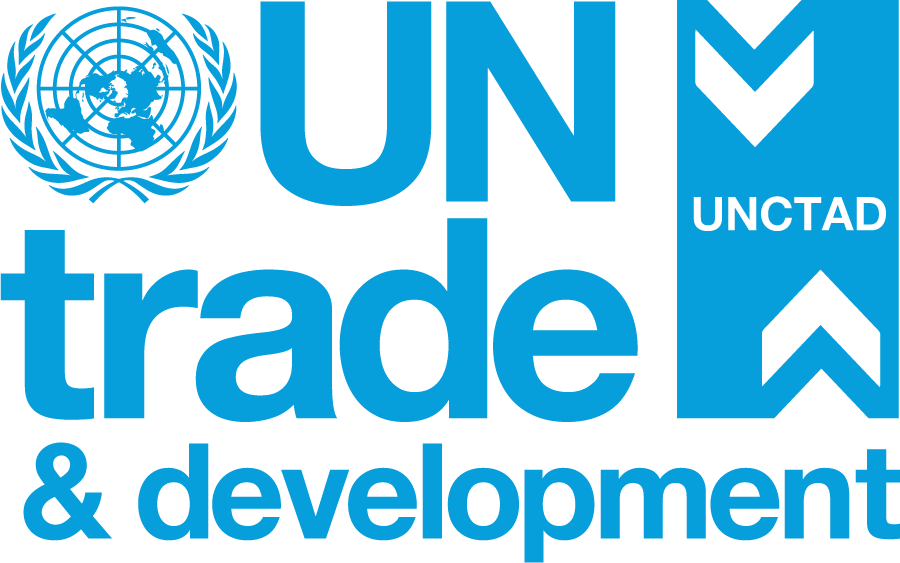Global economic growth should increase over the next two years with continuing signs of improvement, according to the United Nations World Economic Situation and Prospects 2014 (WESP) report. But, several uncertainties and downside risks continue to loom.
The global economy is expected to grow at a pace of 3.0 per cent in 2014 and 3.3 per cent in 2015, compared with an estimated growth of 2.1 per cent for 2013, according to the United Nations World Economic Situation and Prospects 2014 (WESP) report, launched on 20 January 2014. The world economy experienced again subdued growth in 2013, but some improvements in the last quarter have led to the UN's more positive forecast.
The euro area has finally ended a protracted recession. Growth in the United States strengthened somewhat. A few large emerging economies, including China and India, managed to backstop the deceleration they experienced in the past two years and veered upwards moderately. Developing countries as a whole will benefit from resilient domestic demand and an improvement in global conditions. These factors point to increasing global growth.
However, the WESP stresses that the employment situation will continue to be challenging and warns that international capital flows to emerging economies are expected to become more volatile, in particular in the case of a bumpy exit from the quantitative easing programmes by the U.S Federal Reserve.
Other main uncertainties and risks include the remaining fragility in the banking system and the real economy in the euro area. Beyond the economic domain, geopolitical tensions in Western Asia and elsewhere remain serious risks. These and other risk factors, unfolding unexpectedly, could derail the world economy far beyond the report's projections.


